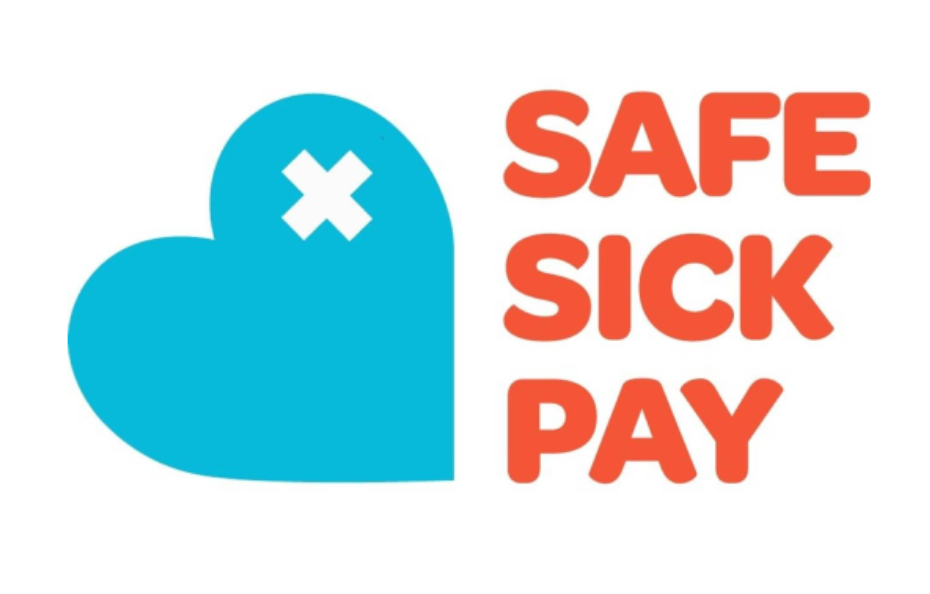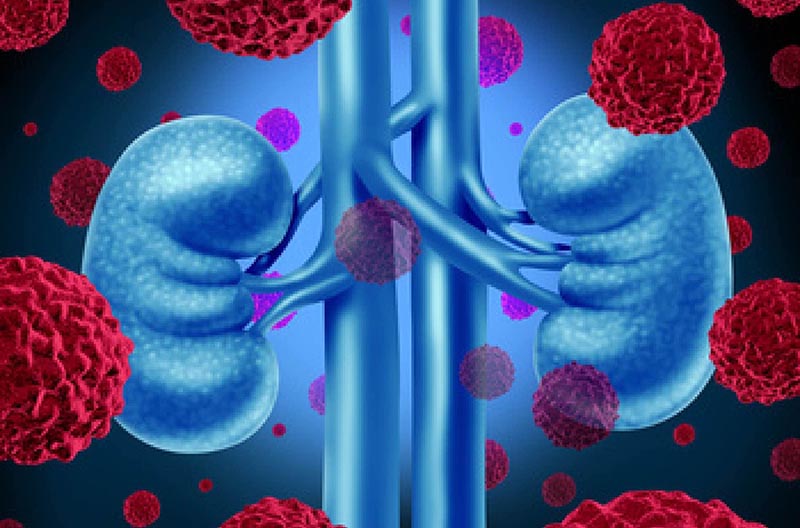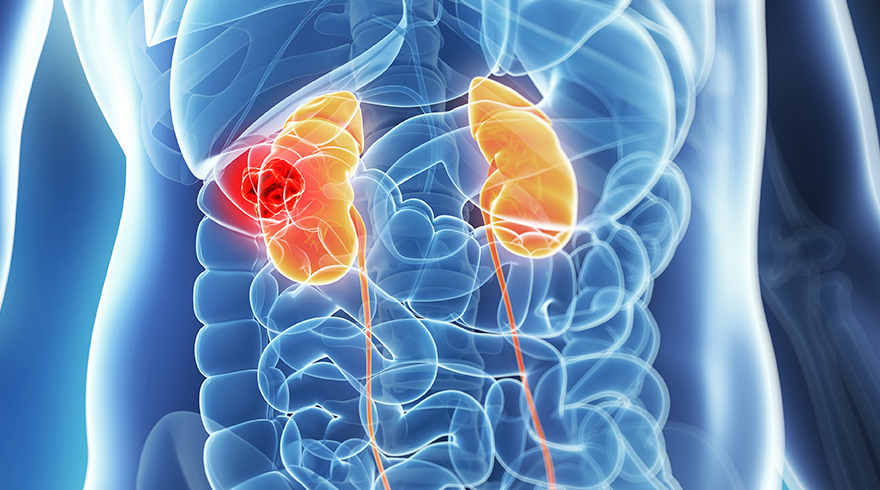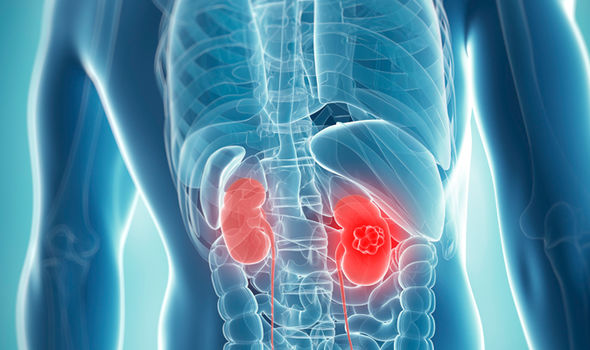Share this Page:
Active surveillance is increasingly being used for the management of small renal masses. However, questions remain regarding the safety and durability of active surveillance in younger patients.
Two hundred and twenty four (224) patients aged 60 or younger were included in the study and followed for an average of 4.9 years. 30.4% of these patients chose active surveillance. In total, 20 patients (29.4%) progressed during active surveillance. Patients with larger tumours (2-4 cm) were more likely to eventually cross over to have treatment compared to patients with smaller tumours ≤2 cm. Overall survival and recurrence-free survival was similar between those in the active surveillance group and those in the treatment group at 7 years, and cancer survival was 100% for both groups.
In summary active surveillance is safe in younger patients and can avoid unnecessary treatments. Crucially, none of the patients developed metastatic disease on active surveillance or recurrence after delayed treatment. This study confirms active surveillance can be used effectively in younger patients.















